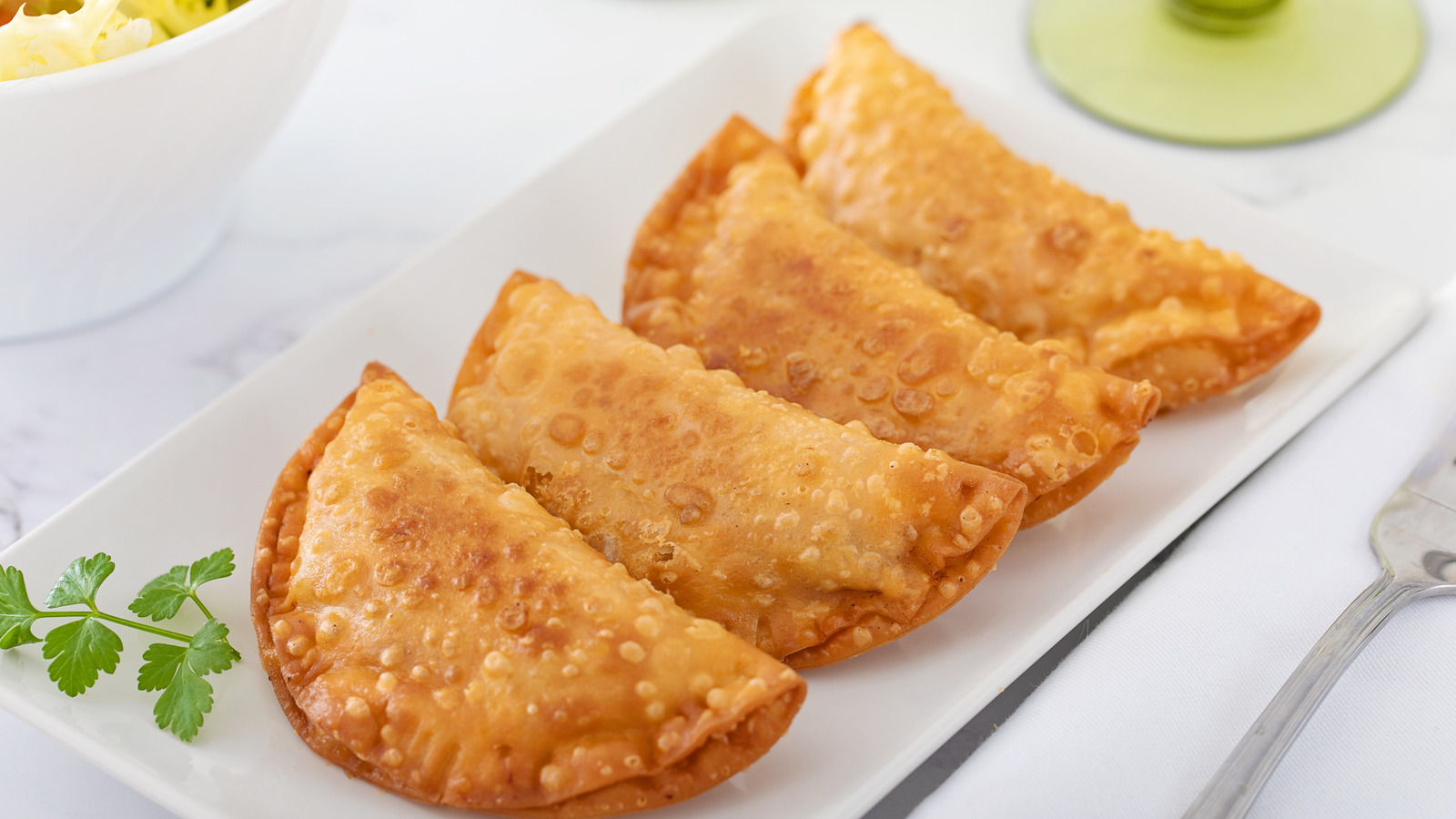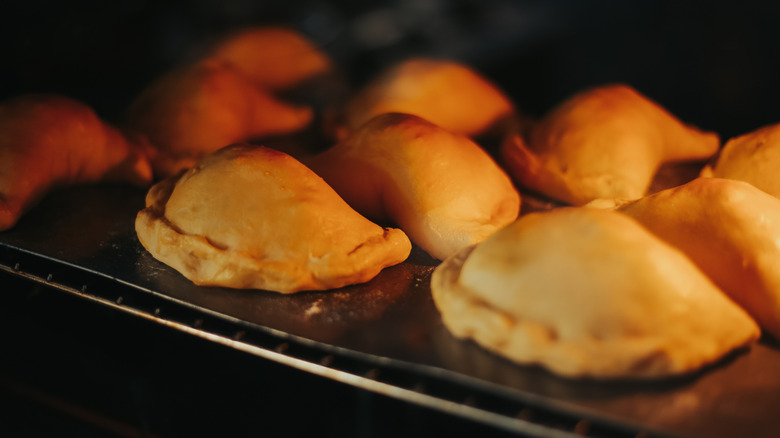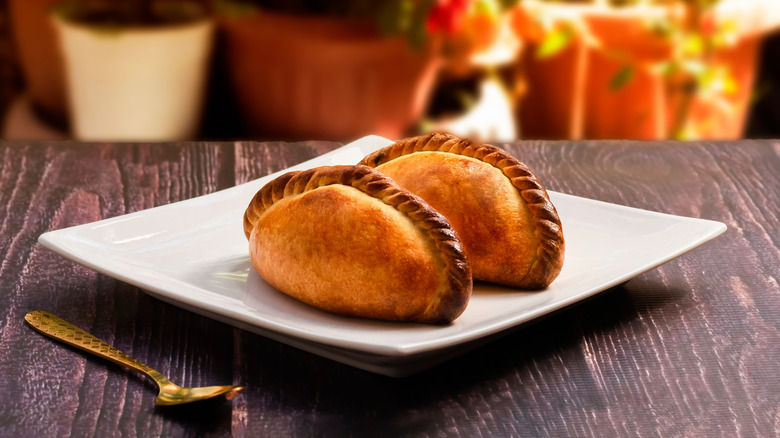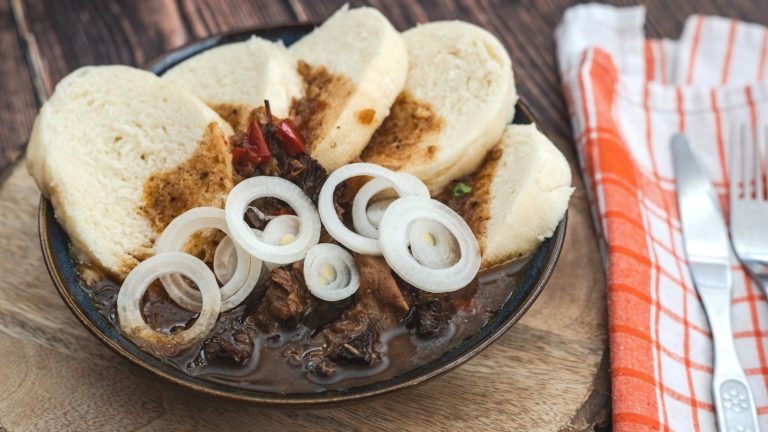Ever catch a craving for a dough stuffed with a delicious filling? Foods as such are everywhere. Think about it: Pizza pockets, apple turnovers, even pierogi. The options are endless. Calzones and strombolis are two other similar dishes that fit the bill and are often confused with one another. But let’s hone in on two different stuffed dough creations: Empanadas and salteñas. Both foods consist of a flaky pastry with a savory filling. They are also often served warm. On the surface, these dishes may seem to be the same, but they have a few key differences.
The most glaring difference is that salteñas contain a soupy filling, while empanadas have a hearty stuffing. Therefore, you would not want to confuse one for the other because taking a big bite of a salteña may leave you covered in broth, and that’s considered a major party fail.
However, empanadas and salteñas still have many qualities in common. In fact, one of the dishes is thought to be a regional take on the other. Both have a rich history, though their exact origins are not definitively known. Empanadas are a Latin American staple food that most likely originated in Spain in the 1500s. Salteñas, on the other hand, are known as a Bolivian twist on empanadas and were invented hundreds of years later, with the name itself dating back to the 1800s in Bolivia. Beyond ingredients and origin, there are more unique qualities of empanadas and salteñas worth knowing about.
What are empanadas?
The empanada as we now know it was not the same back in the 16th century. When the savory dish was first invented, it consisted of wheat dough stuffed with a seafood filling. Empanadas then grew in popularity among a bevy of different cultures, and variations of the popular dish came to exist. Common empanada fillings in the early days may have included chicken, beef, and tuna, as well as basic produce, such as plantains, peppers, and onions. Nowadays, you can find savory pastry stuffed with just about anything, including hard-boiled eggs, beef, cheese, and even sweet options like apples and guava.
While empanadas are often thought to solely be hand pies, some regions, such as Galicia and Portugal, would — and still do — bake empanadas as large pies (known as empanadas gallegas) to cut down on preparation time. The pies became staples among working-class people. However, empanadas are most known for their signature half-moon shape. They are also small in size and can be eaten in just a few bites. When served as an appetizer, it is expected to eat one or two, but when considered as the main course of a meal, some may require five or six to feel full.
When making empanadas, the dough is traditionally cut into a circle, stuffed with a filling, and then sealed. To properly close a handmade empanada, use a fork or a “braiding” technique. You also want to use an egg mixture to seal it shut. From there, as chef Jose Horach told Chowhound, you can either bake or fry your empanadas, depending on the filling — drier ingredients bake better, while cheese- or sauce-filled empanadas take to frying well.
What are salteñas?
You might take one look at a salteña and declare it to be a traditional empanada, but it is not. According to Bolivian historian Antonio Paredes Candia, the Bolivian hand pie was first made by writer Juana Manuela Gorriti, who was born in Salta, Argentina. She, among many others, eventually left for Bolivia during the dictatorship of Juan Manuel de las Rosas. Like empanadas, the dish served a purpose to those of a lower class: Gorriti is said to have created the specific dish while experiencing poverty and sold it for a profit.
At the core, salteñas are plump pastries stuffed with stew. The filling is usually topped with hard-boiled eggs and olives before being folded into the dough. The stew also contains raisins for sweetness, and seasonings, such as paprika, cumin, and oregano for a complex flavor. Traditionally, the filling is a beef, chicken, or pork stew. However, some people use a vegetarian stew. Before baking, the stew is set with gelatin, so it can be easily stuffed into the pastry.
As for the dough, it is comparable to a pie crust, due to its flaky texture, although it needs to be thicker to hold the heavy filling. Therefore, a hot water technique is used to promote gluten development. The dough is then folded into a football shape, and the top is twisted or crimped. Salteñas are baked in the oven, not fried. During the baking process, the stew becomes gooey and bubbly, thus resulting in the pastry’s signature burst-in-your-mouth dining experience — one quite distinctive from that of the empanada.







